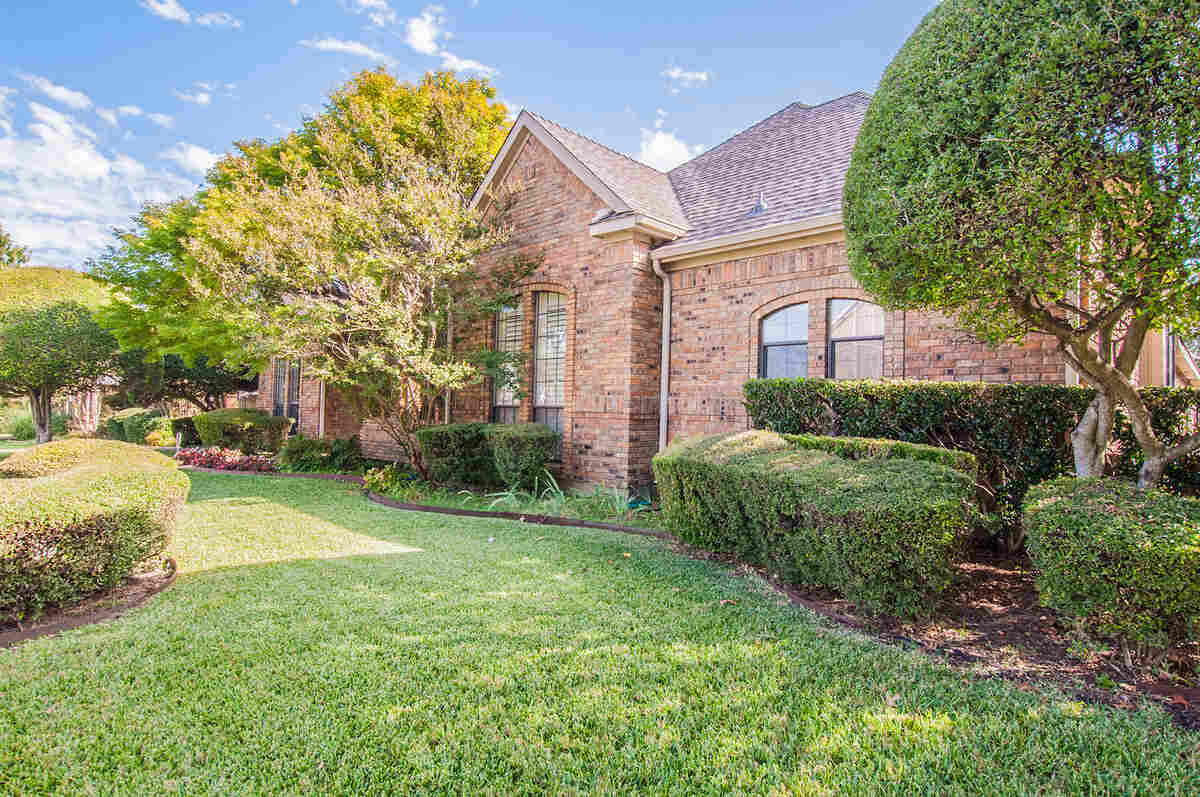
With temperatures that can soar into the triple digits and little to no rain during the summer, keeping your yard looking lush and green in Plano, TX can be challenging. Luckily, these 11 low-maintenance landscaping ideas can help you create an outdoor space that’s beautiful and easy to care for.
In this article, you’ll find that Plano not only has a bustling downtown area, thriving local economy, and close-knit community feel but is also the perfect place to experiment with an outdoor space that requires less effort and allows more time for relaxation. From native plants to water-efficient irrigation systems, we’ve got you covered.
- 1. Get an Automatic Sprinkler System
- 2. Ditch the Grass: Embrace Groundcovers
- 3. Install Artificial Grass
- 4. Opt for Evergreens
- 5. Create an Oasis with Hardscaping
- 6. Simplify Your Plant Care With Native Plants
- 7. Boost Your Landscaping’s Health With Mulch
- 8. Use a Mulching Mower
- 9. Grow Big in Small Spaces: Try Container Gardening
- 10. Plant Perennials
- 11. Save Time and Water with Xeriscaping
- FAQ About Low-Maintenance Landscaping
1. Get an Automatic Sprinkler System
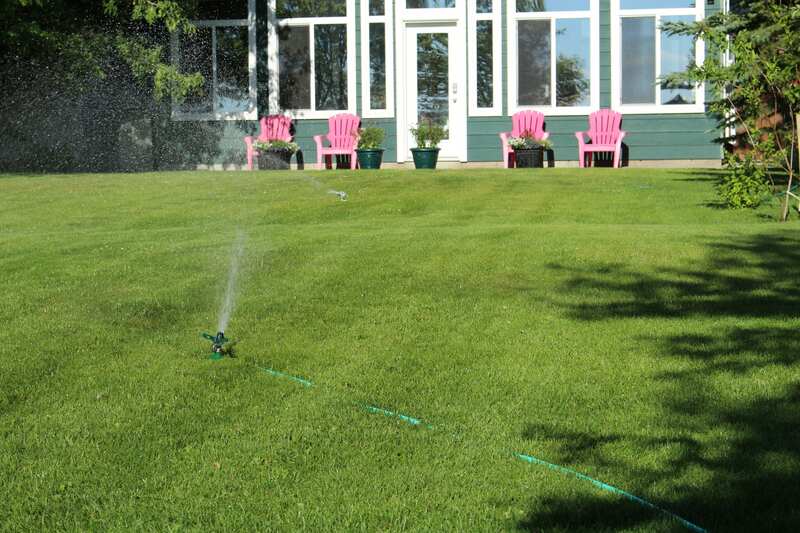
Watering your lawn can be a hassle, especially when you have to do it on a schedule in the early morning, which is the best time to water to avoid water loss due to evaporation. But with an automatic sprinkler system, you can save time and effort. Once the system is installed, all you have to do is set a timer, and the sprinklers will take care of the rest.
Not only does this save you the trouble of manually watering your lawn, but an automatic sprinkler system can also ensure that your lawn receives the right amount of water at the right time. Plus, an automated sprinkler system allows you to water your lawn even when you’re not home.
Tip: Installing a sprinkler system might look expensive at first — between $2,400 and $4,200 — but the hours of work (and water) you’ll save will make it worth it in the long run.
2. Ditch the Grass: Embrace Groundcovers
Ground covers are plants that grow horizontally, spreading across the ground and forming a dense cover. They come in various colors, textures, and growth habits, and many of them are native to Texas.
Ground covers require very little maintenance compared to a traditional grass lawn. You won’t have to mow, dethatch, or aerate, which means you’ll save time and effort. Additionally, many ground covers are drought-tolerant, requiring less water than grass.
Some of the best ground covers for Plano, TX, include:
- Texas frogfruit
- Yellow stonecrop
- Creeping phlox
- Carpet sedum
- Creeping thyme
3. Install Artificial Grass
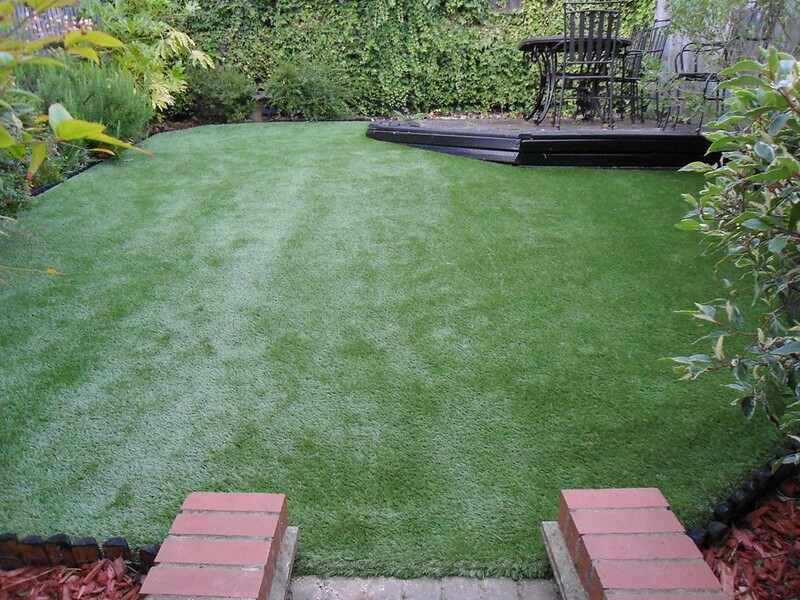
Suppose you want a hassle-free lawn without any living plants to deal with. In that case, artificial grass might be the perfect solution for you. With artificial grass, you won’t ever have to worry about lawn maintenance tasks that come with a traditional grass lawn, such as watering, fertilizing, or mowing.
While the installation costs for artificial grass can be higher than traditional grass (between $3,104 and $7,245), the long-term savings in maintenance and water usage can make it a worthwhile investment.
Additionally, many manufacturers offer a variety of styles and textures to choose from, so you can still achieve a natural-looking lawn without any inconvenience.
4. Opt for Evergreens
When it comes to low-maintenance landscaping options for Plano, TX, evergreens are an excellent choice. Evergreens retain their leaves or needles year-round, so you won’t have to worry about raking leaves during the fall and winter.
Evergreens come in many forms, including shrubs, trees, vines, and ground covers, so there is sure to be an option that will suit your landscaping needs. Some evergreen options for this region include:
- Yaupon holly
- Sunshine ligustrum
- Red yucca
- Spartan juniper
- Glossy abelia
- Texas sage
- Wintergreen boxwood
5. Create an Oasis with Hardscaping
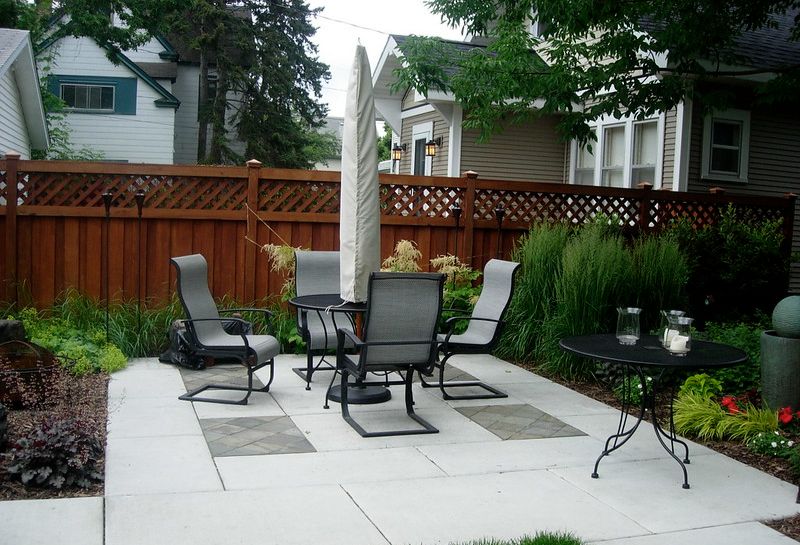
Hardscapes include anything that isn’t a living thing, such as:
- Walkways
- Outdoor kitchens
- Fire pits
- Outdoor fireplaces
- Patios
- Water features like fountains or ponds
- Retaining walls
One of the most significant advantages of hardscaping is that it requires very little maintenance besides occasional cleaning. This means you won’t have to worry about watering, fertilizing, or pruning, which can save you time and money in the long run. Hardscaping can also increase curb appeal and add value to your home.
Hardscaping can also be a great way to add functionality to your outdoor space. For example, a patio or outdoor kitchen can provide a place to entertain guests, while a fire pit or pond can create a relaxing atmosphere for you and your family.
6. Simplify Your Plant Care With Native Plants
Using native plants in your landscaping can be a smart choice for many reasons. First and foremost, native plants are adapted to Plano’s climate, requiring less care than non-native plants. They are used to heat, drought, and local soil conditions, so they don’t need as much water, fertilizer, or soil amendments.
In addition, native plants are naturally resistant to local pests and diseases, so you won’t have to worry about using as many pesticides. Using native plants in your landscaping can also benefit local wildlife, such as birds and butterflies, since they provide food and shelter for these animals, helping to create a thriving ecosystem in your own backyard.
Overall, native plants will simplify your plant care routine and benefit the local environment and wildlife. There are many native plants adapted to the North Texas region, including:
- Ashe juniper
- American beautyberry
- Mountain sage
- Caroline jessamine
- ‘Texas Gold’ Columbine
- Smooth sumac
- Crossvine
- Blackfoot daisy
7. Boost Your Landscaping’s Health With Mulch
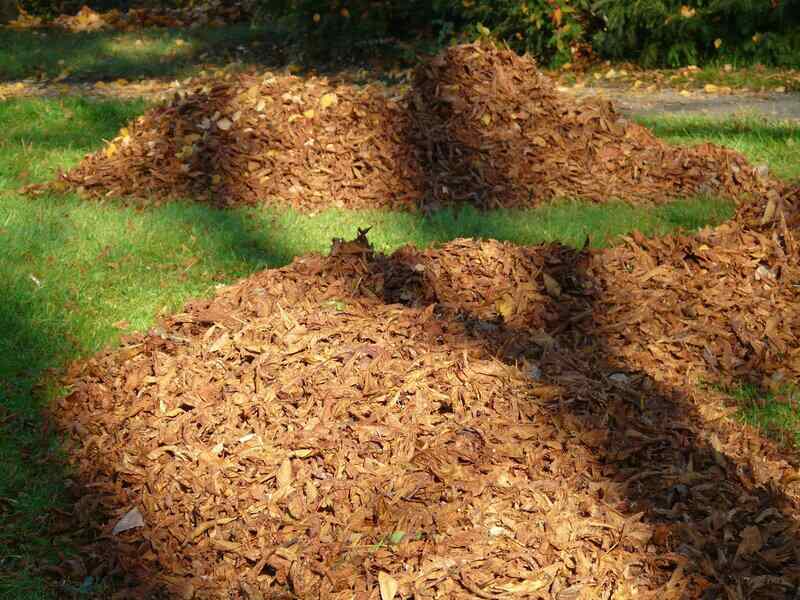
Mulch is a versatile and valuable tool for any low-maintenance landscaping plan in Plano, TX. It is a layer of organic or inorganic material applied over the soil in landscape beds, making the plants healthier.
Mulch improves your lawn by helping plants’ roots retain moisture and regulate temperature. Organic mulch also adds nutrients to the plants as it breaks down, which can help to improve plant growth and overall health.
However, one of the main benefits of mulch for those looking for a low-maintenance landscape is that it helps prevent weeds. By blocking sunlight from reaching the soil, mulch prevents many weed seeds from germinating and growing. This means you won’t have to spend as much time pulling up weeds, which can be time-consuming and labor-intensive.
A few examples of mulch include:
- Grass clippings
- Wood chips
- Shredded leaves
- Shredded bark
- Rocks
- Straw
8. Use a Mulching Mower
If you’re looking for a low-maintenance way to get mulch for your lawn, using a mulching mower is one of the best options. A mulching mower is a lawn mower with special blades that cuts grass and leaves into small pieces and disperses them back onto the lawn.
Using a mulching mower is a smart choice for many reasons. First and foremost, it saves you the work of bagging grass clippings or making piles of leaves to dispose of. Instead, the mulching mower finely chops up or mulches the grass and leaves, and the small pieces are left on the lawn to fertilize it naturally.
Make sure you follow these tips:
- Avoid mowing a wet lawn to ensure there are no clumps of grass clippings.
- Bag the clippings if you have a weed infestation, overgrown, or recently fertilized grass.
- When mulching leaves, set the mower to the highest setting and mow over the leaves as many times as necessary to ensure they are finely mulched.
- Spread or rake thin layers of leaves so they don’t block sunlight from reaching the grass. (This may be necessary only if you’re mowing over a large pile of leaves instead of mowing over leaves that are evenly distributed throughout the lawn.)
9. Grow Big in Small Spaces: Try Container Gardening
Container gardening can be a fantastic, low-maintenance landscaping option for Plano, TX. And don’t be fooled, it’s not just for indoors! Container gardens are easy to build and can be placed on decks, patios, balconies, or any other outdoor space.
With container gardening, you have total control over the growing conditions. You can choose the type of soil, the amount of sunlight the pot receives, and the amount of water it gets. This allows you to grow various plants, including those that might not thrive in the local soil or climate. Plus, pests and diseases are less likely to happen.
Another benefit of container gardening is that it’s easy to move pots indoors during the winter months. You can also choose from a variety of pots and containers in different colors, shapes, and sizes to fit your style.
10. Plant Perennials

Planting perennials is one of the best ways to cut back on maintenance needs for your yard. Once perennials are established, they will bloom year after year, unlike annuals, which die after their first growing season.
This means you won’t have to spend time and money buying new plants every season or breaking your back to plant them. Instead, they will bloom on their own, providing you with a beautiful and colorful landscape with minimal effort.
There are many different types of perennials to choose from, including flowers, shrubs, and even groundcovers. If you choose native perennials such as the ones below, they’ll be even more low-maintenance:
- Bee balm
- Black-eyed Susan
- Coral bells
- Purple coneflower
- Trumpet creeper
11. Save Time and Water with Xeriscaping
Xeriscaping involves designing and creating a drought-tolerant landscape, which means you won’t have to water it as frequently as a traditional lawn.
A xeriscape can include:
- Native plants and succulents
- Mulch
- Gravel
- Boulders and stones
- Rock garden
- Hardscapes
And much more. All these elements can be creatively combined to create a beautiful, unique outdoor space. Once the design is implemented, a xeriscape needs very little pruning and rarely any water, so you’ll save time and money in the long run.
Homeowners nationwide typically pay between $10,000 and $19,000 for a professionally designed and installed xeriscape.
FAQ About Low-Maintenance Landscaping
If you’re looking for a low-maintenance grass type for your lawn in Plano, TX, buffalograss is an excellent choice. This native grass is well-suited to Texas’s hot, dry climate and requires minimal maintenance.
Buffalograss is a slow-growing grass that requires minimal mowing — about every two to three weeks — which can save you time and effort. Additionally, buffalograss requires little watering and fertilizer, reducing other maintenance needs. However, it’s important to note that buffalograss may require some active weed control until it is well-established.
One of the biggest drawbacks of hardscaping is the cost. Materials like stone and wood can be expensive, which can drive up the overall cost of your landscaping project. If you’re looking to keep costs low, concrete is often the least costly hardscaping material. However, even concrete requires professional installation, which can add to the overall cost.
Another potential disadvantage of hardscaping is that it can create a rigid, sterile landscape if not done well. Hardscapes lack plants’ natural beauty and diversity and can make a yard feel cold and uninviting, so you should always mix them with perennials or native plants.
Late fall through early spring is considered the best time of year to do landscaping in North Texas. Planting during this time allows the plants to develop strong root systems in the cool soil before facing the stress of a hot, dry summer.
This can increase the chances of survival and help the plants establish themselves more quickly and effectively. By the time the warmer weather arrives, your plants will be well-established and better equipped to handle the heat and drought conditions that can occur in Texas.
Bring in the Pros
Creating a low-maintenance landscape design in Plano, TX, is achievable by incorporating native plants, hardscapes, evergreens, mulch, groundcovers, and more. By doing so, you can save time in the long run and enjoy a beautiful outdoor space without the hassle of constant maintenance.
If you’re ready to achieve a stunning and low-maintenance landscape but don’t know where to start, contact a professional LawnStarter landscaping service in Plano and let experienced landscapers help you design and implement a plan that fits your style and preferences.
Main Image Credit: 3908 Wyeth Dr, Plano, TX 75023 / Brent Eckley / Flickr / CC BY 2.0